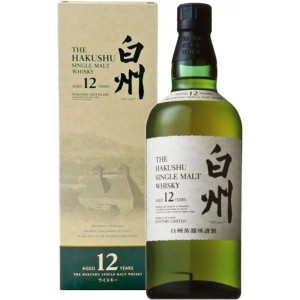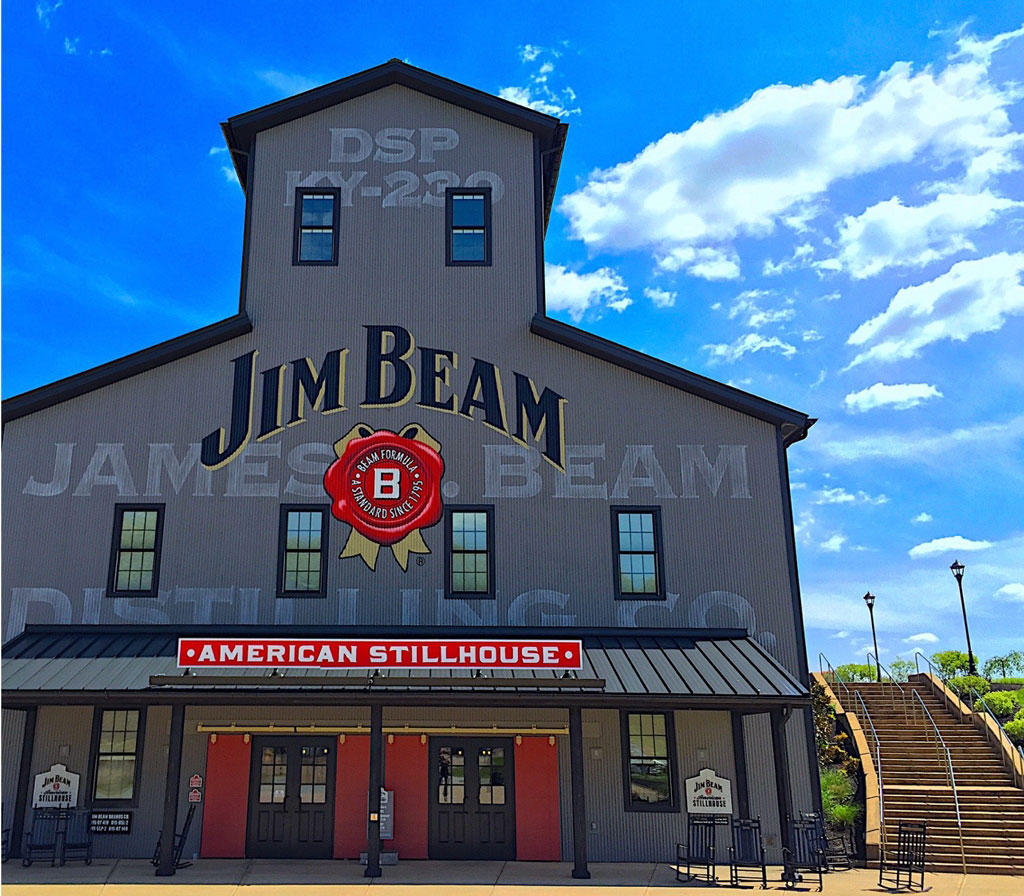Japanese Whiskies To Buy (While You Still Can!)
By Richard Thomas

Japanese Whisky has been a victim of its own success. Long the best kept secret in world whisky, when the big duo of Japanese producers, Suntory and Nikka, decided to break out, they soon found themselves bedecked with awards and acclaim. Shortly thereafter, they were also overextended, with demand far outstripping and unsupported by the aged stock on hand.
No amount of ramping up production or expanding capacity could catch up, not with 17+ year aging periods for the most popular whiskies in question. The first earthquake came in 2015, when Suntory announced a 20 to 25% price hike across its entire range of whiskies, while Nikka discontinued all age statement expressions in its line. Even that drastic measure was not enough, however, as Suntory recently announced they would discontinue Hakushu 12 Year Old this month and Hibiki 17 Year Old would follow in September. If you’ve ever felt trepidation because a clickbaiting whiskey pundit tried to sell you a line about a “bourbon shortage,” look at Japan and you’ll see what a real whiskey shortage looks like!
With Japanese Whisky still gaining in popularity, it’s likely prices will continue to climb and affordable age statement whiskies will go the way of the Japanese river otter (extinct since 1979). Here are some Japanese whiskies you should sock away, while you still can.
Hibiki 17 Year Old: This one is a middle aged, blended whisky from Suntory, and one that has received a ton of acclaim. Only last year Forbes named it one of the most sought after, yet affordable Japanese whiskies out there. That fact is all you need to know to understand why it’s biting the dust in September. Despite all that, some (online too!) retailers remain clueless and still have bottles listed for less than $100. Move on those gems while you still can, because they are about to become collectables from a bygone era.
Hakushu 12 Year Old: As Suntory’s middle aged whiskies have begun disappearing, it’s quite possible their 12 year old expressions may go the same way. After all, Nikka found it necessary to drop age statements altogether. This Japanese single malt was the entry level flagship of Suntory’s second distillery, ironically built in the early 1970s, right on the precipice of the world whisky crash. As with Hibiki 17 Year Old, some retailers remain unaware that this item is about to cease to exist, and not so long ago it was fetching only $75. Grab it if you can get it at a reasonable price point.
Kurayoshi 8 Year Old: Nikka and Suntory are the big two of Japanese Whisky, but not the only two. The country also has several small and mid-sized whisky-makers, and as Japanese Whisky has broken big, attention has expanded to include them. This is a vatted malt (blend of malt whiskies from different distilleries) from Matsui Shuzou, some of the Japanese and some Scottish, all aged in ex-bourbon barrels. You can snag a bottle for $80, making it an affordable and accessible Japanese go-to that will have an increasingly rare age statement on the bottle.
Kurayoshi 18 Year Old: The older stablemate of the aforementioned Kuayoshi. It too is a vatted malt made from blended Japanese and Scottish malt whiskies, only now with an 18 year old floor as opposed to 8 years old as the minimum. That tells in the price too, which is a hefty $220 a bottle. Still, this might be the only 18 year old whisky with Japanese kanji on it that you can find for anywhere near that price.
Yamazaki 12 Year Old: The Yamazaki is arguably the most familiar of Japanese single malt brands, with good reason: this very expression first came on the market in 1984 and was one of the first Japanese whiskies to get serious international marketing in the modern era. However, with its Suntory stablemate Hakushu 12 Year Old already chopped, it’s not inconceivable that this classic might also go away. Certainly bottles of it are already dear: it’s not uncommon to see it priced at $150, and some truly unscrupulous retailers are demanding as much as $250 or even $300 a bottle for it.




